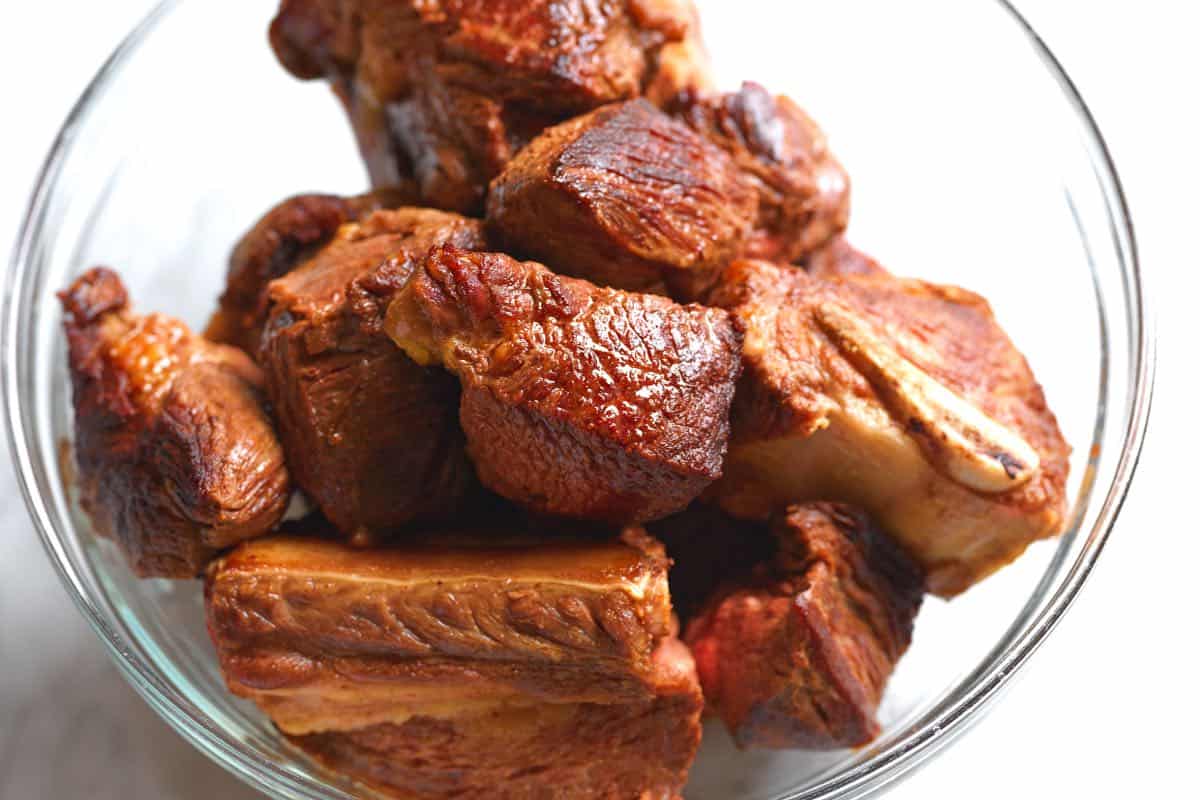Meat Prep Work Tips to Boost Taste and Inflammation in Every Meal
Wiki Article
From Farm to Table: Fresh and Premium Meat Choices
The trip of meat from farm to table envelops a complex interaction of quality, values, and sustainability. With an enhancing focus on fresh and premium options, consumers are now extra inclined to take into consideration the origins of their food, causing a renewed focus on lasting farming practices and animal well-being standards. This shift not only enhances the nutritional profile of meat however additionally sustains local economic climates. However, the implications of these selections expand much beyond personal health and regional farming. What does this mean for the future of food systems and customer routines?Recognizing Meat Sourcing
As consumers become increasingly familiar with the origins of their food, understanding meat sourcing has acquired critical value. Meat sourcing includes mapping the trip of meat from ranch to table, incorporating numerous variables such as farming techniques, pet well-being, and ecological influence. This recognition equips consumers to make informed choices that align with their values, specifically regarding sustainability and ethical factors to consider.The sourcing of meat can differ substantially based on multiple requirements, including the kind of livestock, farming techniques, and geographical area. For example, grass-fed beef commonly originates from pasture-based systems that advertise animal well-being and lower ecological deterioration. Alternatively, conventional meat may involve extensive farming methods that elevate issues pertaining to antibiotic use and habitat damage.
In addition, traceability plays a crucial role in meat sourcing. Knowing the certain ranch or area where the meat stems aids customers make certain quality and safety. Numerous consumers now look for qualifications or labels that show humane treatment and lasting techniques, reflecting a growing demand for openness in the food supply chain. Eventually, recognizing meat sourcing not only boosts customer choice but also promotes accountable consumption and supports honest farming practices.
Benefits of Fresh Meat
Choosing fresh meat uses many benefits that expand beyond taste and appearance. Fresh meat generally keeps higher nutritional worth contrasted to its icy or refined equivalents. It is commonly richer in essential minerals and vitamins, such as B vitamins, iron, and zinc, which are essential for preserving total health.Furthermore, the sourcing of fresh meat usually includes much shorter supply chains, lowering the time between farm and table. This implies that the meat is less likely to lose its nutritional integrity during transport and storage space. Furthermore, consumers can experience improved taste and juiciness, which can elevate culinary experiences.
Fresh meat also provides an opportunity for customers to sustain neighborhood farmers and advertise sustainable agricultural practices. When purchasing from local resources, people can add to their neighborhood economic situation and cultivate a better link to the food they take in.
Lastly, fresh meat is normally devoid of the preservatives and ingredients frequently found in refined alternatives. This makes it a cleaner, much healthier choice for those looking to lessen their intake of man-made ingredients. In general, the advantages of selecting fresh meat encompass wellness, preference, and a sense of neighborhood engagement.
Pet Well-being Criteria
Making certain high animal welfare standards is vital for both honest considerations and the top quality of meat items. The treatment of livestock straight influences not just the moral effects of meat manufacturing yet also the overall high quality and safety of completion products. Pets elevated in humane conditions are much less stressed, causing much healthier animals and, as a result, superior meat high quality.Regulations and accreditations worrying animal welfare have actually come to be increasingly considerable in the meat industry. These structures ensure pets are given with ample area, appropriate nutrition, and humane handling throughout their lives. Practices such as pasture-raised systems and free-range environments add to much better animal well-being by allowing pets to exhibit all-natural behaviors, which is important for their well-being.
Additionally, consumers are look these up ending up being more discerning relating to the sources of their meat, leading to an expanding need for products that follow rigid animal welfare requirements. This shift not just promotes ethical farming techniques however also urges manufacturers to adopt actions that improve the health and wellness and welfare of their animals. Meat. Eventually, prioritizing animal well-being is not just an ethical imperative; it is likewise a pathway to creating premium-quality meat that satisfies consumer assumptions

Lasting Farming Practices
Sustainable farming practices play a crucial function in enhancing both pet well-being and the high quality of meat products. These practices emphasize the value of environmental stewardship, ethical therapy of livestock, and resource efficiency. By carrying out rotational grazing, farmers can promote healthy and balanced field environments, allowing animals to prey on browse this site nutrient-rich yards while stopping overgrazing. This approach not just sustains animal health but additionally improves the dirt, lowering the requirement for artificial plant foods.Furthermore, sustainable farming often includes incorporated parasite administration and natural feed alternatives, minimizing using damaging chemicals. This strategy not only safeguards animal well-being however likewise results in cleaner, safer meat items for customers. Water preservation strategies, such as rain harvesting and efficient irrigation systems, even more contribute to lasting methods, making sure that sources are utilized judiciously.
In addition, cultivating biodiversity via polyculture systems and protecting environments for wild animals improves the durability of farming communities. By focusing on these lasting techniques, farmers can generate top notch meat that fulfills customer demand while promoting environmental balance. Ultimately, accepting lasting farming methods is essential for developing a more responsible and durable food system that benefits pets, farmers, and consumers alike.
Deciding On Quality Over Quantity
Often, customers are encountered with the dilemma of picking in between quantity and quality when it concerns meat products. While purchasing bigger quantities might seem financially helpful, the long-lasting advantages of selecting premium meat far exceed the prompt cost savings. Quality meat is frequently sourced from pets increased in sustainable settings, where they are given correct nutrition and care, causing exceptional taste and nutritional worth.Top notch meats are commonly without hazardous additives, hormones, and antibiotics that are frequently present in mass-produced choices (Meat). This not only guarantees a healthier dining experience yet additionally sustains ethical farming methods that focus on animal well-being. Additionally, costs meats tend to have a much better appearance and flavor, improving the overall culinary experience
Spending in quality meat motivates customers to value smaller portions, permitting an extra mindful strategy to eating. This shift not just influences individual health and wellness positively yet additionally promotes lasting consumption patterns that can profit the setting. Finally, prioritizing high quality over amount when selecting view website meat items cultivates a more liable and health-conscious way of living, inevitably enhancing both the eating experience and the earth.
Conclusion

Report this wiki page